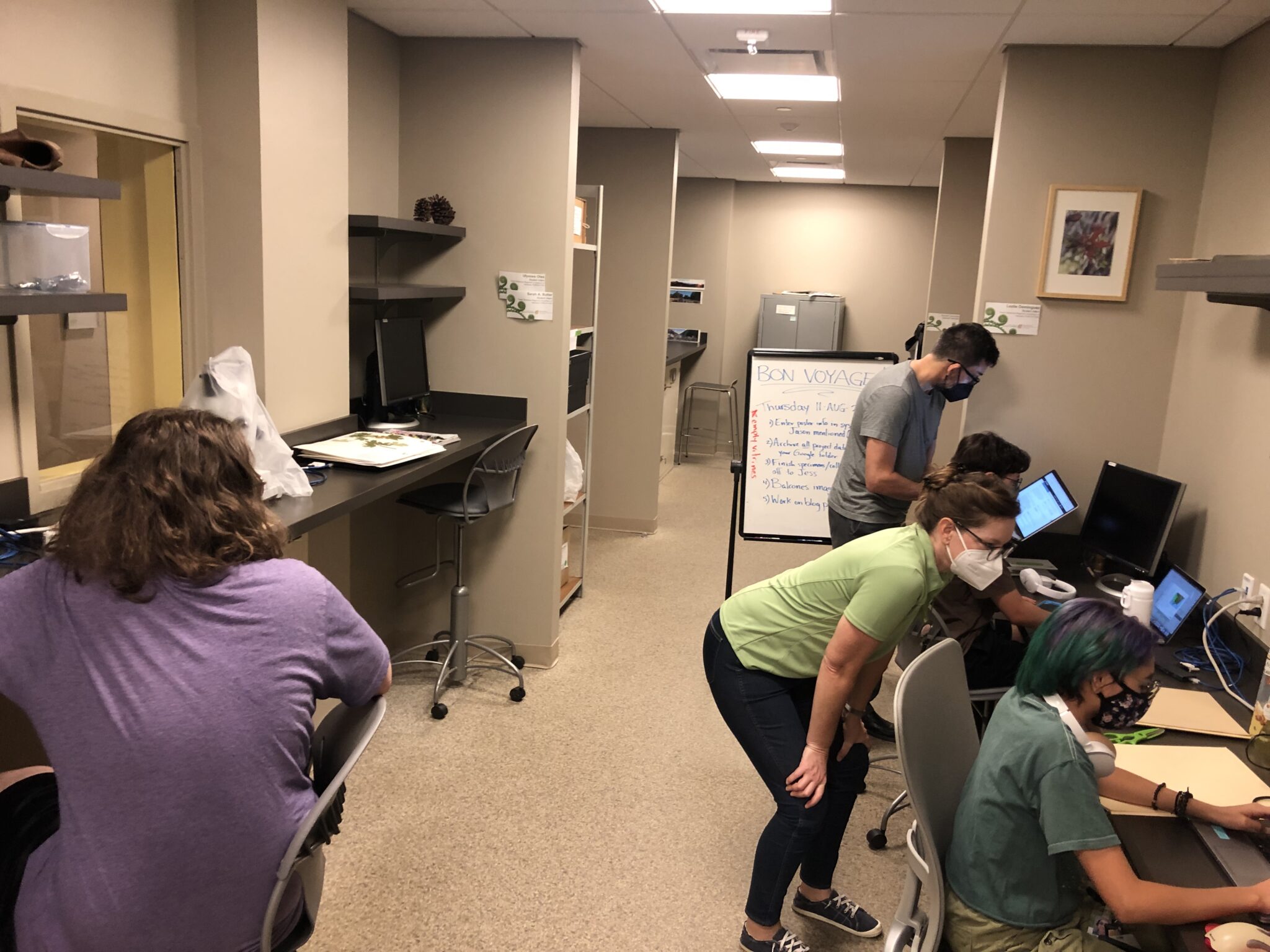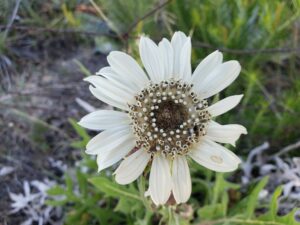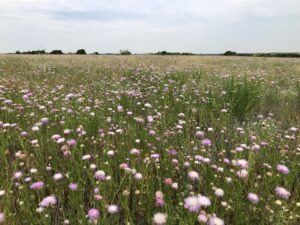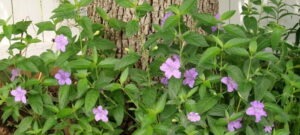In the Summer of 2022, Ulysses Oles, Lezlie Dominguez, Basil Gaffney, and Sarah Butler were Research/Collections interns & Avery Craddock was a Conservation intern. Below are their experiences and stories from their time with us.
Ulysses Oles
I am about to start my first semester of grad school. My experience going into the internship was very limited with regards to herbaria. I expected most of my activities to be similar to the skeletal transcriptions I had encountered through citizen science programs online. I learned through this TORCH program that herbarium work has the potential to be so much more than dead plants in dusty cabinets. BRIT is a modern, forward-thinking, clean, and professional environment that stands as a direct contradiction to how many people view herbaria. The institutions within TORCH are full of lively and gifted individuals who pour everything they have into both their work and important outreach efforts.
Coming from a background focused on aquatic invasive species research, I found that gaps exist in data sets most likely due to biases in collection that could potentially harm invasive species management efforts. My personal research project was something of a rollercoaster, as it began life as a phenological study of Arundo donax. After cleaning data, building maps, and running linear regressions, I found out through reading papers that A. donax is incapable of fruiting in North America. This realization caused me to pivot my project about half-way through it, and I decided to change my focus to geospatial analysis and examining issues in collecting and reporting data. I was inspired to be more aware of these factors and focus on quality of data and improving data availability of my own work in the future.
My two favorite parts of the internship were the skillbuilding associated with my research project, and the actual imaging process of getting data into the TORCH portal. The GIS and data management skills that I practiced throughout the summer are both genuinely enjoyable for me and likely to be extremely useful in the future. The imaging of the Balcones Canyonlands Wildlife Refuge specimens was also a very rewarding process. Finding a rhythm and working through boxes of specimens was far more fun than I expected given how little photography experience of any kind I possess.
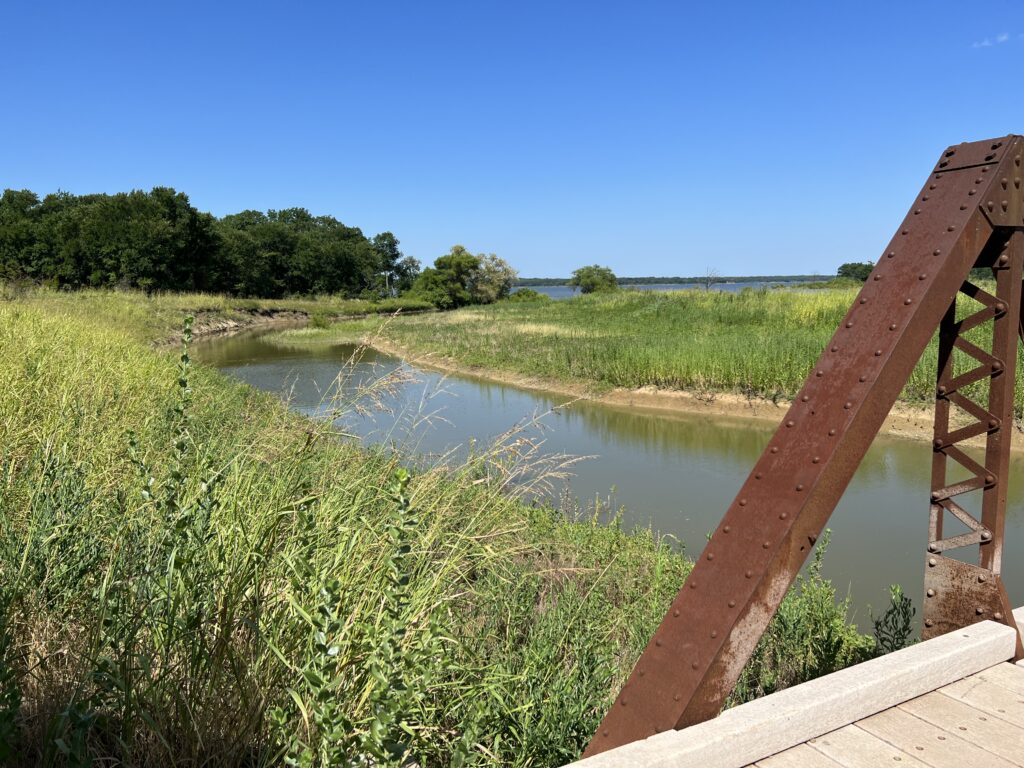
Lezlie Dominguez
This summer I was given the chance to explore a new career path. For the last four years, I had gone to a medical based high school. I expected, and was expected, to go into the medical field or public health for my career. However, a friend of mine gave me a chance to experience a new field as an intern with the Botanical Research Institute of Texas, or more commonly referred as BRIT. During the internship I learned so much about not only the world around me and the people who work to learn about it but also about myself. At the beginning of the internship I was nervous, I didn’t have much knowledge about plants other than basic plant care and the other interns were older than me with classes under their belts. That first week I learned that it was ok to ask even the smallest of questions because it opened for bigger discussions. As the weeks progressed so did my confidence in what I was doing. Each week was a new lesson and a new memory to one day look back on. Memories like our intern field trip to the Oklahoma Biological Station and learning how to make our own collections. By the end of these ten weeks, I have gained an appreciation for how much goes into learning and protecting the world around us. This internship has broadened my horizon of careers I could go into and pursue. I am glad to have had this chance for the summer and being allowed to take the photos for the intern meetups.
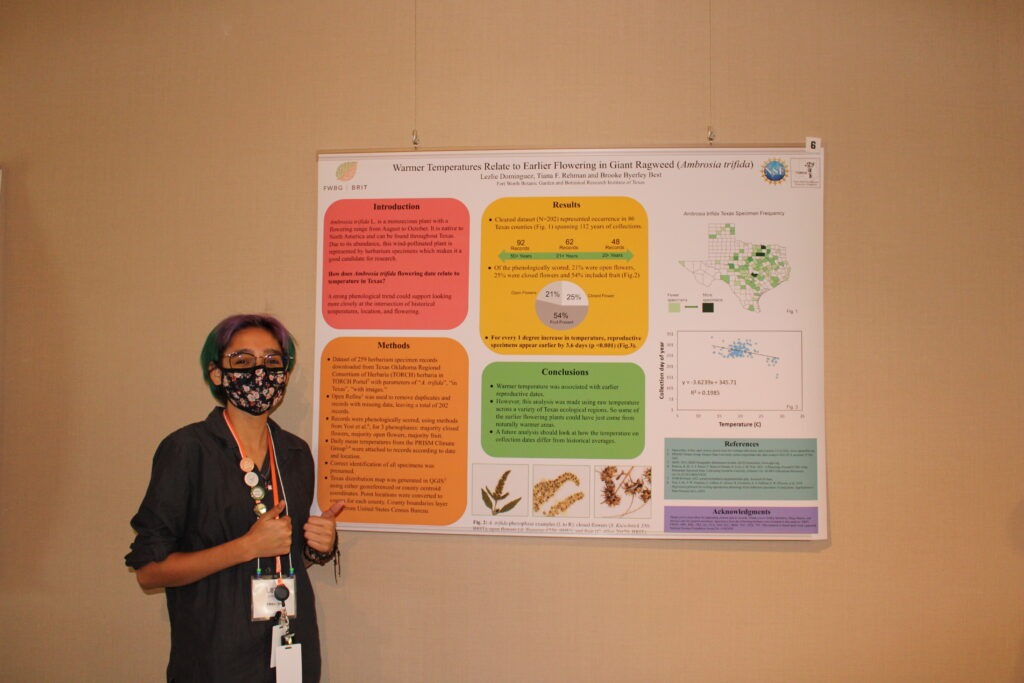
Basil Gaffney
I started this internship as an upcoming Junior at LSU, Louisiana. As a student in forestry, I was working at the school’s herbarium as a plant mounter. I had heard about the BRIT internship from my herbarium’s director, Jenny, and wanted to try my hand at leaving the state and living on my own before graduation. It is uncommon for anyone from Louisiana to leave the state for very long, so it was a little bit of a scary step for me. I had also never lived outside of my state before.
Before I started, I wasn’t sure what this internship would be like, but it blew my expectations out the water. My understanding of herbaria and their effect on the world of botany was limited before I came to BRIT. This internship expanded that understanding and showed me the many ways that herbaria can be a source of education and science. Every day of work, I saw different people ranging from researchers to volunteers to the general public coming here to learn about and work with plants. I saw many examples of BRIT helping to create spaces for plant researchers and projects that would further the understanding of botany.
When I told people that I, a forestry major, was working in another herbarium, many people did not understand it. They did not know what a herbarium was, and when they did, they could not see how it would be useful to me. But this experience was not just about herbaria. I connected with so many different experts in environmental sciences. I met people who studied trees or worked directly with them, fungi researchers, and even people studying the ecology of the land. There was no end to the vastness of BRIT’s resources and ability to help me when I needed to connect somewhere or to someone, because of the close community the herbaria share.
Today is the last day of my internship, and as it is coming to a close I am able to realize how unique this experience was. There are very few opportunities as rich and supportive as the one I found here. This internship has been an experience of more than just career building. I have met so many wonderful people and enjoyed working with some of the finest botanists in the state, as well as the most welcoming. There is a natural energy here of positivity and respect that I was unprepared to receive with such great warmth, and it has made this experience all the better. Almost every week I was invited to come eat something like watermelon or cake outside. I was afraid to live on my own, especially somewhere I had never so much as visited before, but the people of BRIT made it almost seamless. They offered endless support and encouragement that made it easier for me to adjust, and I learned a lot about this state as well in the process.
My favorite part of the internship would be hard to pick, because there were so many bright moments in the mix, but I think my favorite part would have to be the many, many times that the other interns and I sat and ate outside the building against the reconstructed prairie. The heat was intense, but the prairie was so beautiful, interesting, and full of life that it was well worth it. I had never seen a prairie before this internship, and now I can happily say that I’ve seen quite a few. Grasshoppers can get so much bigger than I knew. And grass can get so much taller than me!
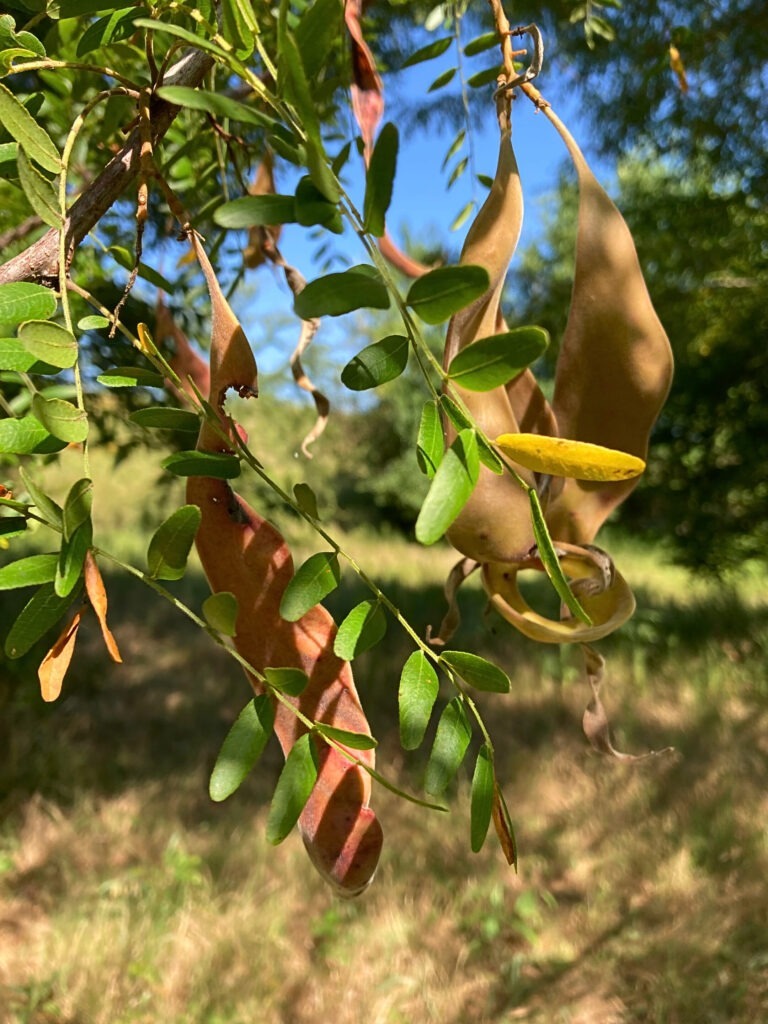
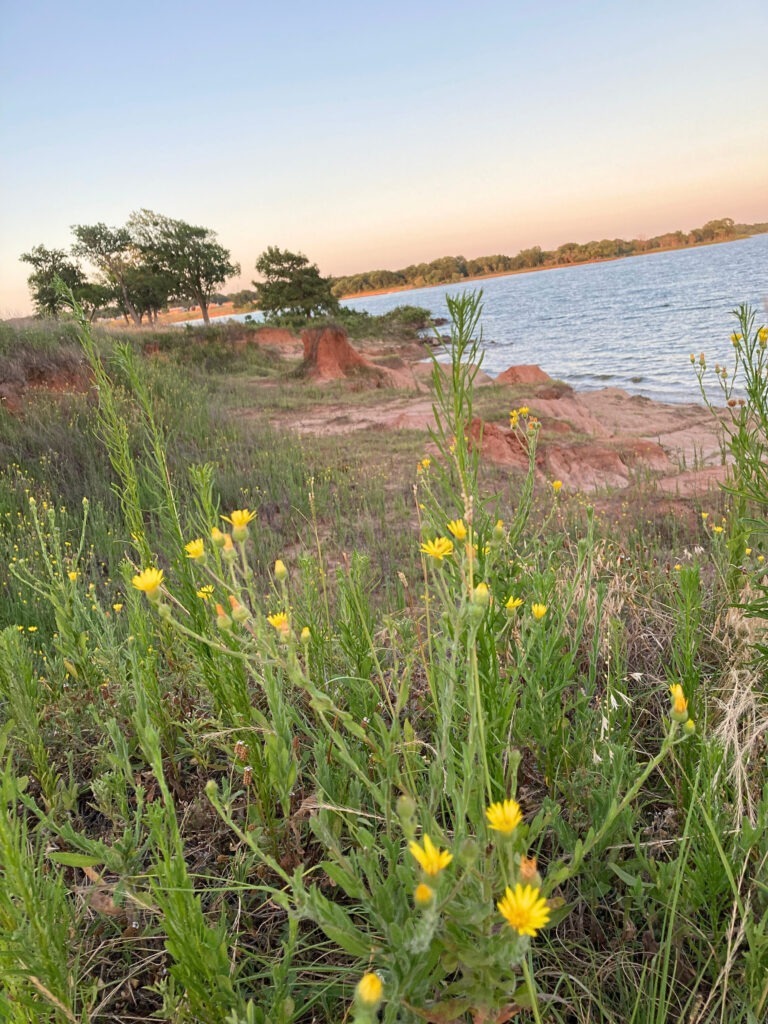
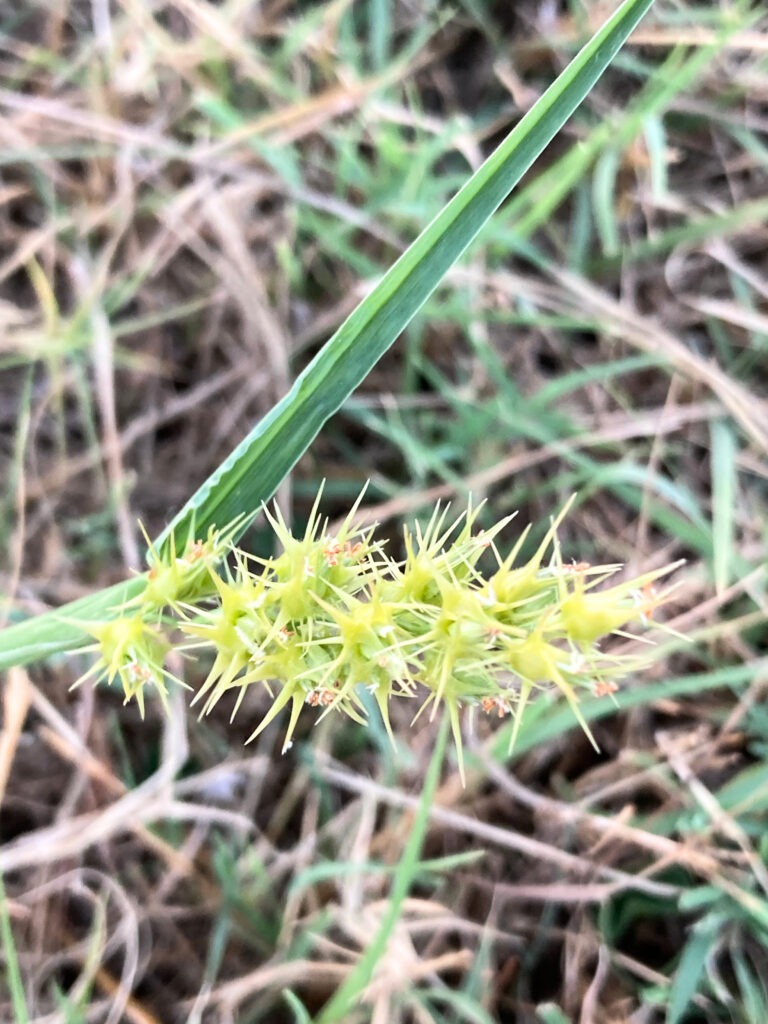
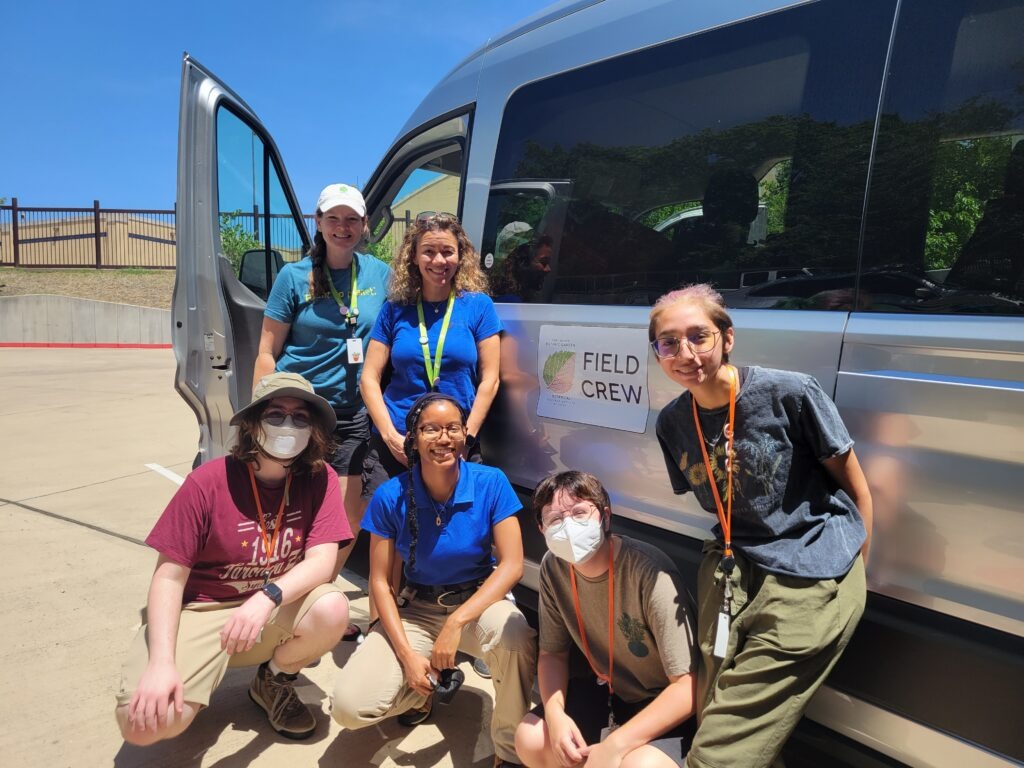

Avery Craddock
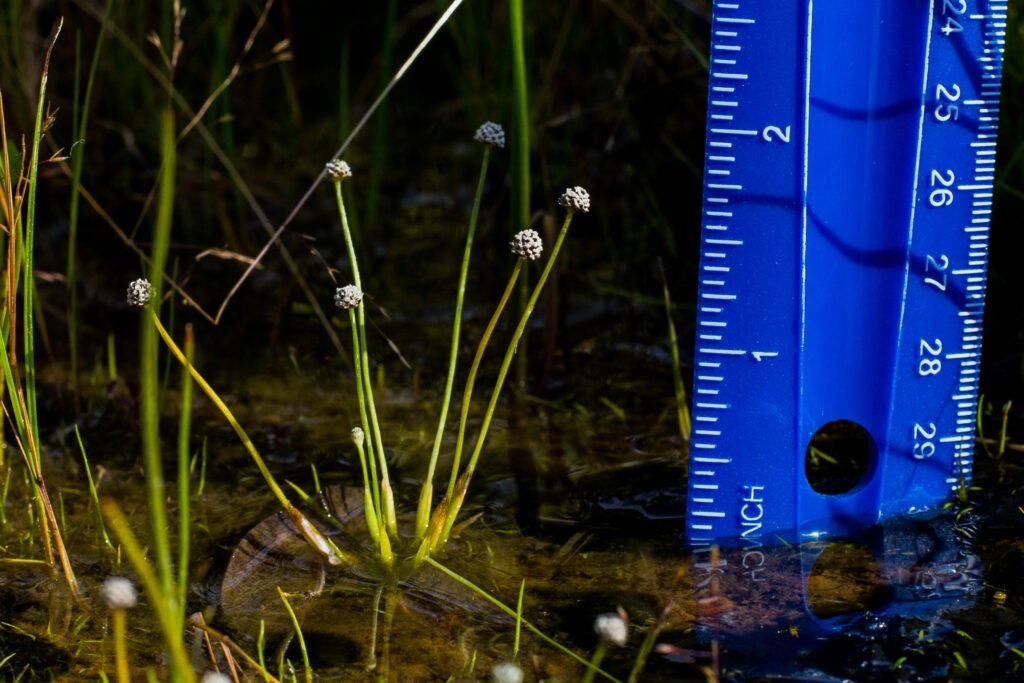
Avery: I spent the field season of 2022 exploring bogs throughout Oklahoma and Texas looking for a rare and limited plant species known as Eriocaulon koernickianum (dwarf pipewort). Finding this plant presented many interesting challenges and great experiences I’ll take with me through my professional career. Some of these include bushwhacking through reeds that went up to my shoulders in search of a potential bog site, learning and finding plethora of other unique and awesome plants along the way (such as a Cuscuta species!), and of course the infamous alleyway soup (I won’t elaborate). The latter half of my experience was dedicated to lab work, writing a germination study and preparing the seeds for said study to occur. I greatly appreciated the experience given in all facets of this project and would highly recommend this internship to anyone else hoping to dip their toe into the world of botany!

